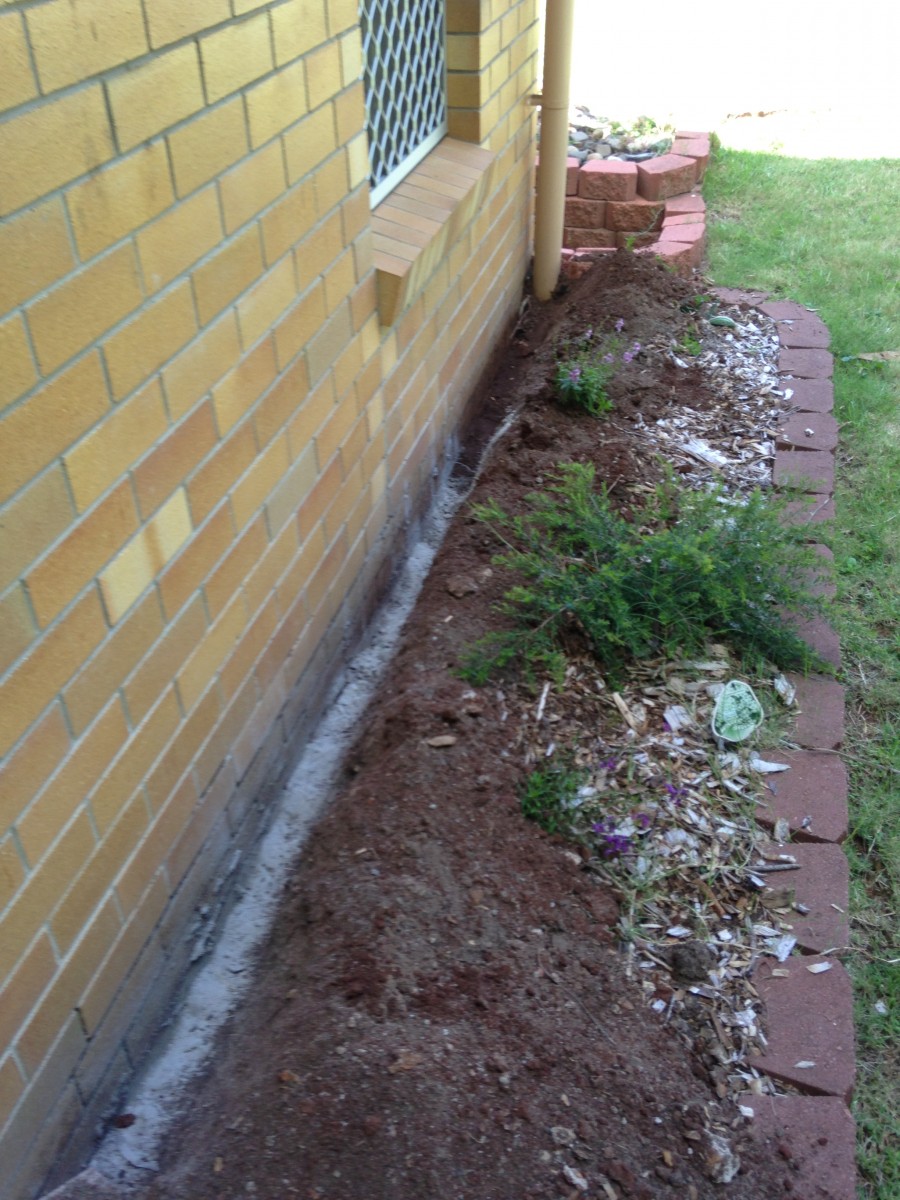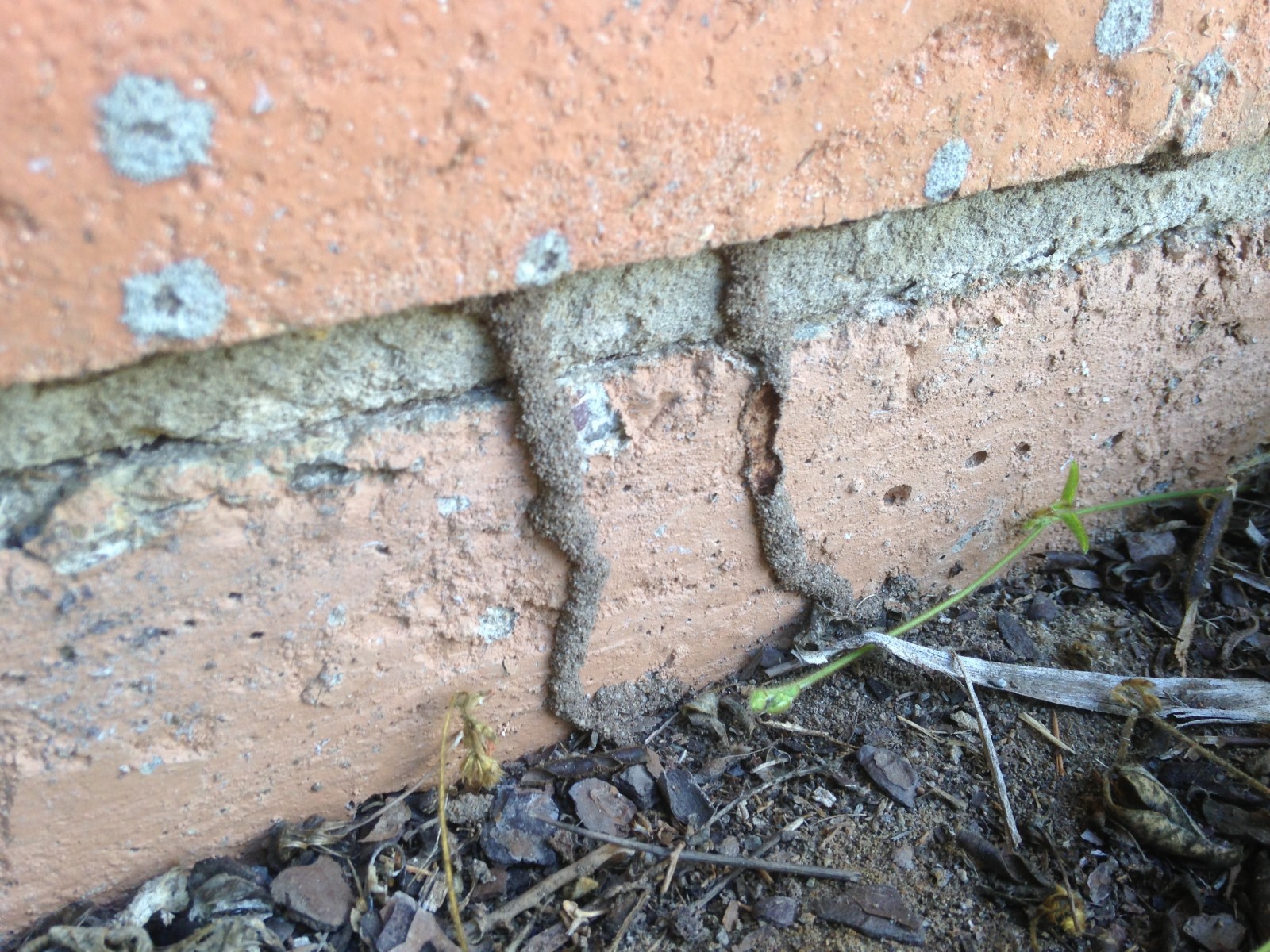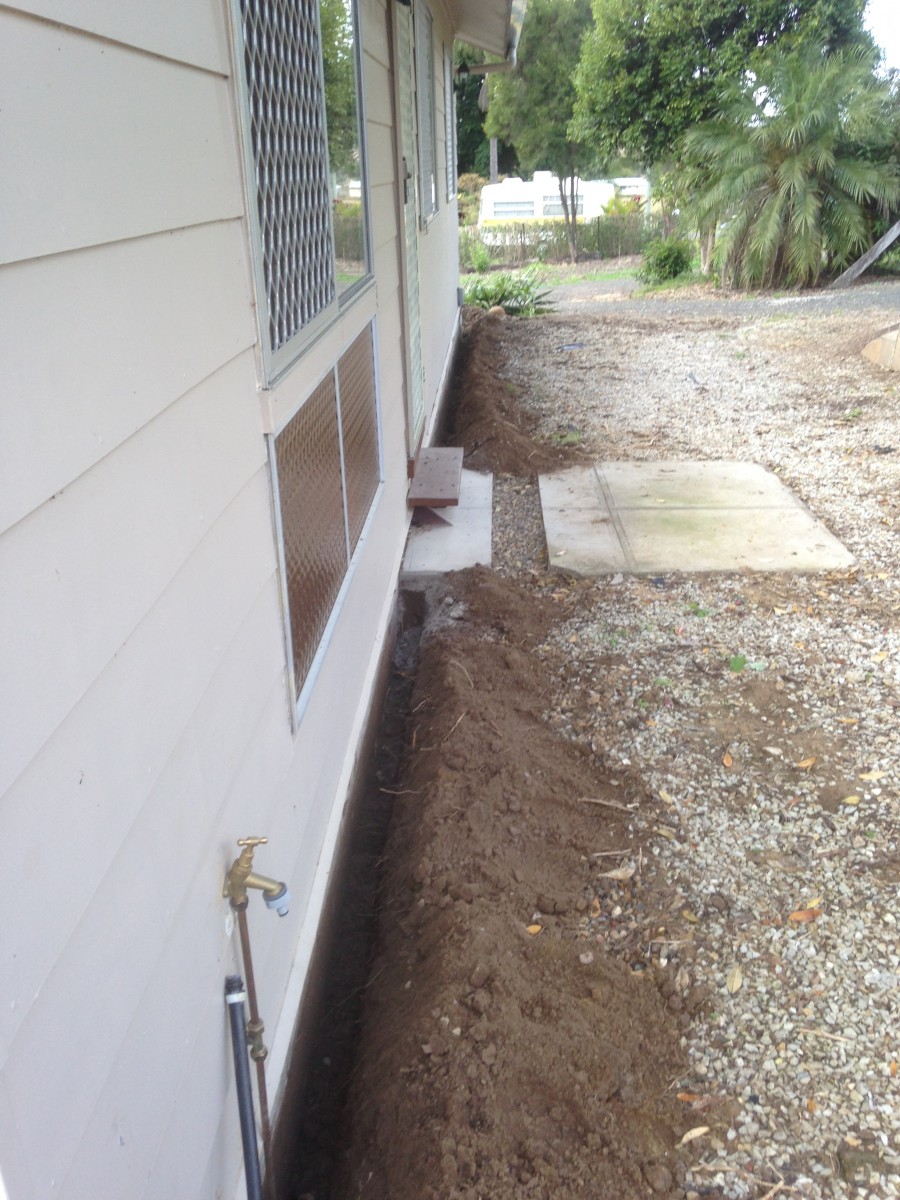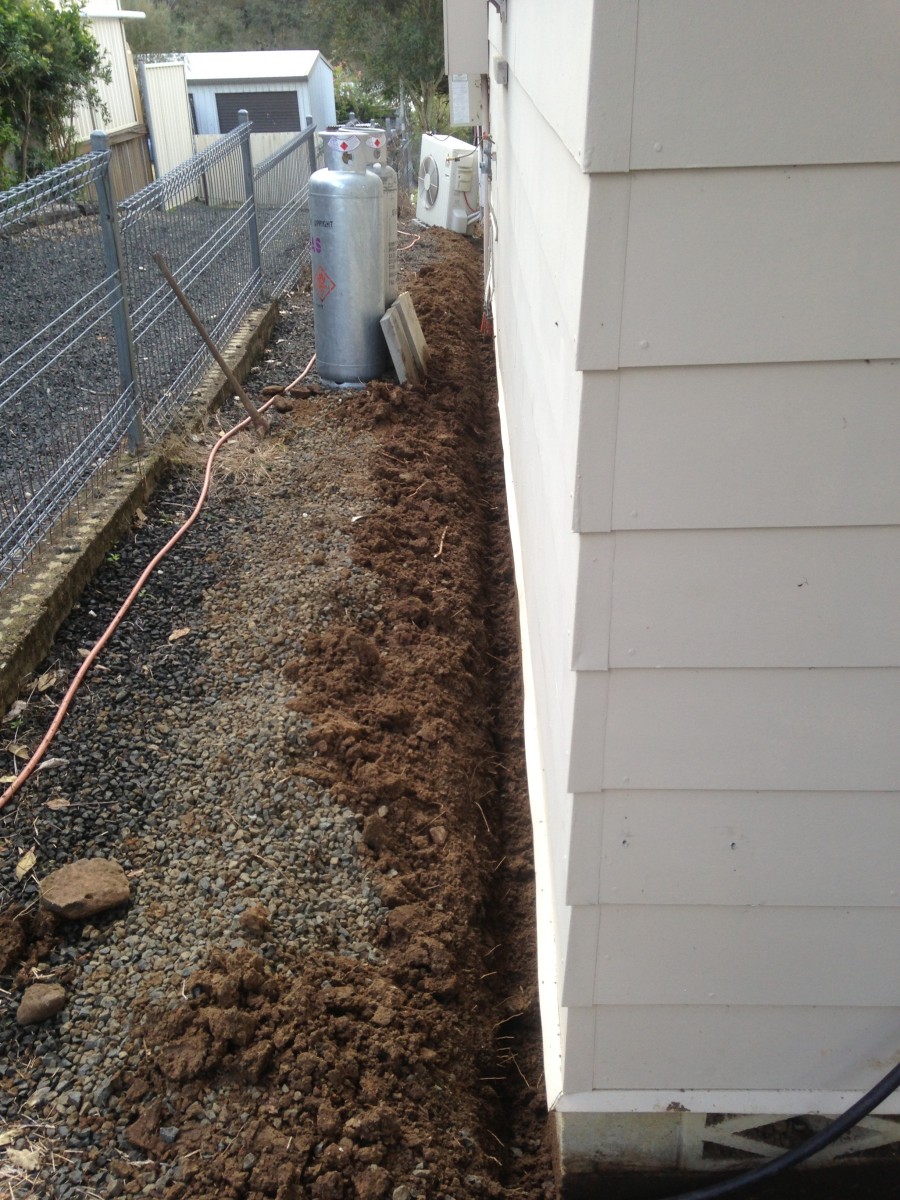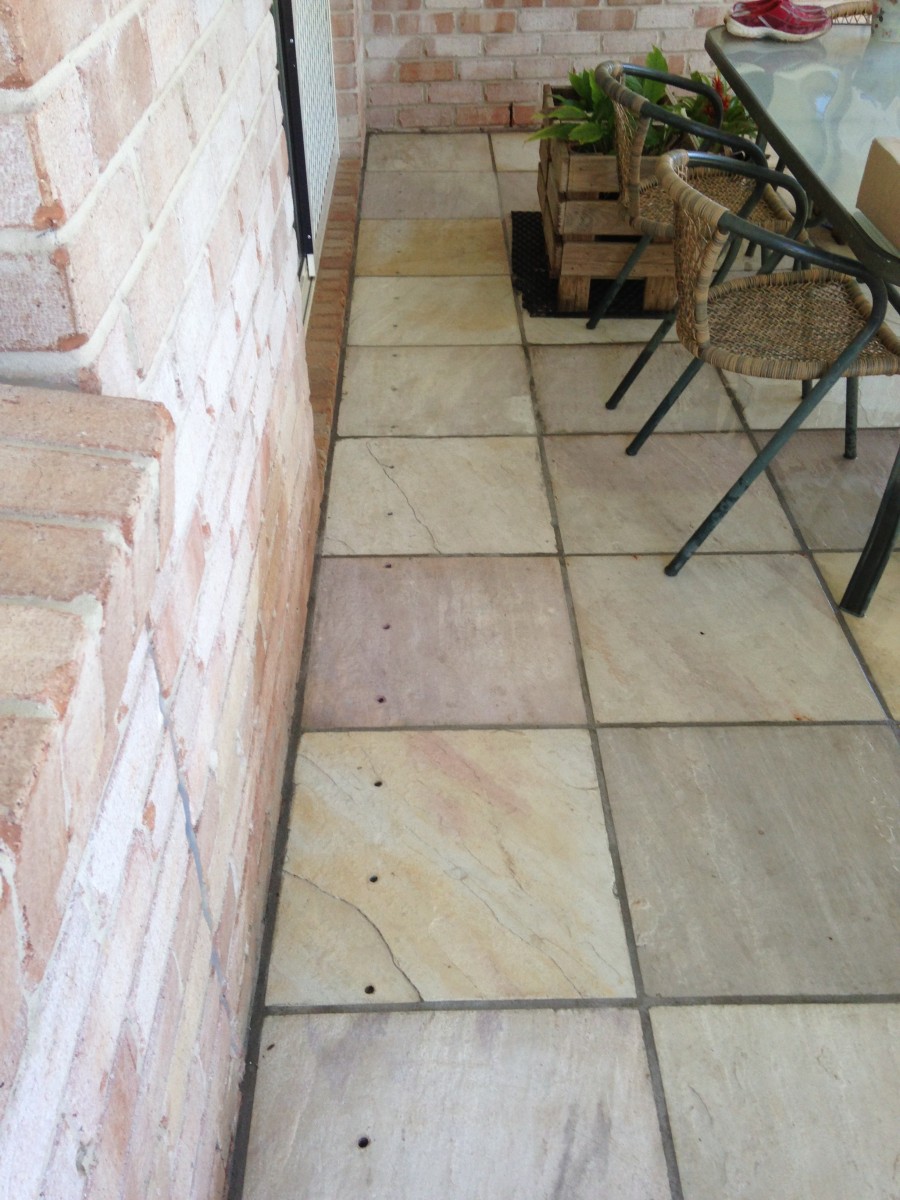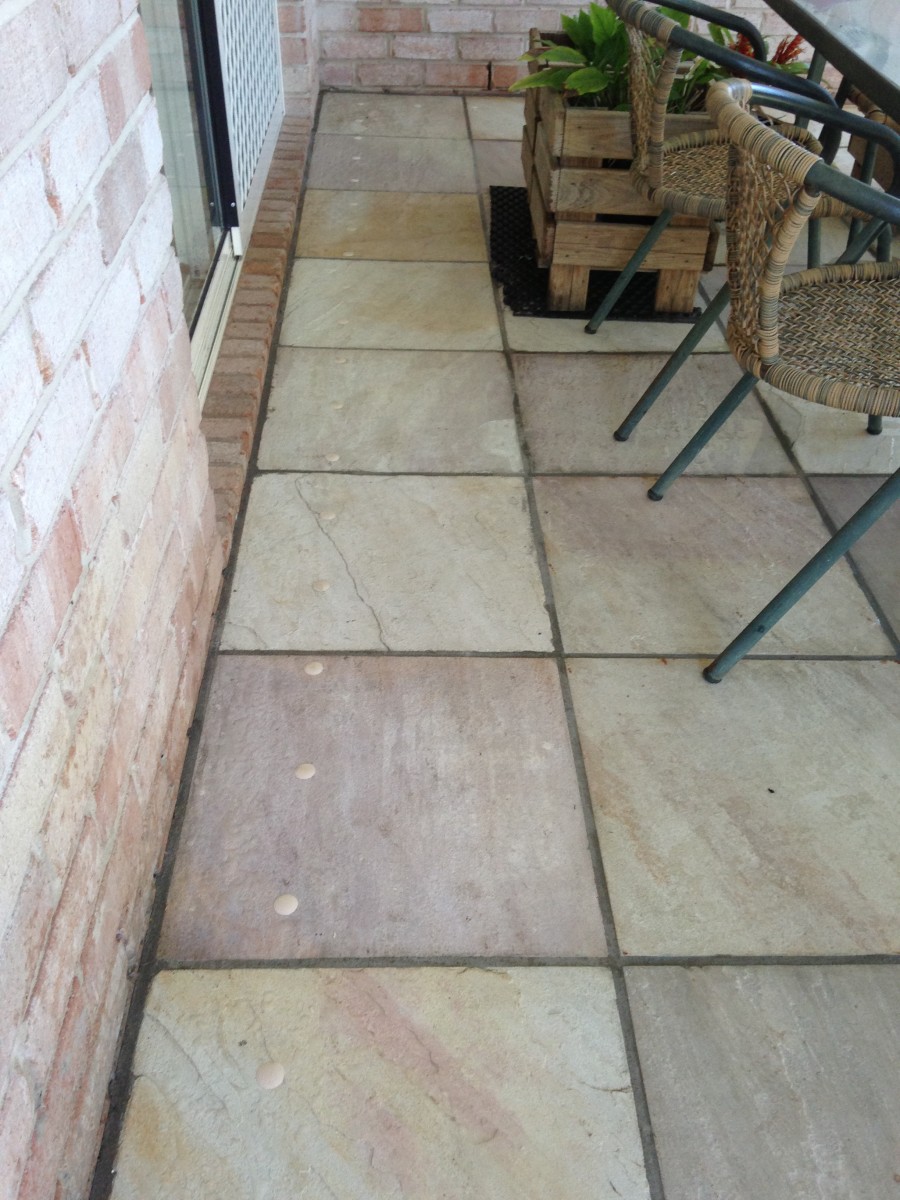Termite Control
No property is safe from termites!
Termites are the cause of the greatest economic losses of timber in structures in Australia. Data compiled by State Forests show 1 in every 5 homesis attacked at some stage in its life. Other sources predict this number could be as high as 1 in every 3 homes. Australia’s subterranean termites are the most destructive termitesin the world and can severely damage a house in as little as 3 months.
Visual Termite Inspections
Q Pest consider regular Termite Inspections to be the key, critical component in any effective termite management program. Regular inspections DO NOT stop termite attack but are intended to limit the amount of damage that may occur by detecting problems early. We recommend that a Termite Inspection be carried out in accordance with Australian Standard 3660.2-2000 at least once a year, but strongly advise more frequent inspections. Even in buildings constructed with steel or treated timber framing, termites can still cause costly damage to skirtings, window frames, gyprock, furniture & stored items.
Termite damage to a bathroom vanity , termite lead up gyprock wall and termite lead up foundational wall
Q Pest’s skilled and experienced Termite Inspector will thoroughly inspect all accessible areas of the home or commercial building and any other structures, fences, trees, etc within 50m of the building but within the boundary of the property. Typically, an inspection of a residential home will involve inspecting all accessible areas of the interior, roof void, subfloor (where applicable), out buildings, trees & stumps, fences, landscaping timbers & concrete slab edge (where applicable).

Q Pest are committed to providing the very best service possible. While the knowledge and skill of the Inspector is critical for an effective inspection, we have also equipped our inspectors with the latest technology to assist in the detection of termites. The Termatrac T3i is a hand-held device that combines 3 technologies to assist in detecting, locating and confirming the presence of termites. Specifically, the device incorporates a Thermal Sensor with Laser Guide, a Moisture Sensor and a Termite Detection Radar. Following the Inspection, you will be provided with a full written Report, prepared in accordance with Australian Standard 3660.2-2000. Your Q Pest Inspector will go over the Report with you and explain his findings and recommendations & answer any questions that you may have.


Termite Treatments and Prevention
Currently the Pest Industry has a range of products and measures available for the control and prevention of termites. The first step is a thorough inspection of the property. This is required to correctly identify the species of termite present and to determine all areas of infestation. Once this information is known a treatment program can be initiated. This can be in the way of a dusting or baiting treatment. A dusting treatment is carried out by making a small incision into the termite affected timber or material and introducing a fine dust such as Termidor Dust into the termite workings by way of a small handheld puffer. This dust adheres to the moist termite bodies and the termite workings. It is ingested during the grooming process and also when food is passed from one termite to another. This social behaviour of the termites is exploited to help pass the dust throughout the colony and aid in the eventual destruction of the colony. In some situations a dusting treatment may not be the best option for initial colony control and this is where a Termite Baiting program may be used. A box/baitbag (bait station)is placed over or against the termite workings and a specially formulated bait is placed in the station
The termites feed on this bait and pass the bait throughout the nest by way of feeding other termites.The bait acts to stop the termites being able to moult and they then die.
Once control has been achieved a preventative barrier can be installed against future reinfestation. A preventative barrier is designed to be continous around the base and foundations of a building. If termites should then attempt to attack the building again they will either be repelled in the case of a repellent termiticide or come into contact with the non repellent termiticide and pass it back throughout the colony with eventual colony destruction.
A preventative barrier requires a trench be dug around all areas of the building where soil abutts the building such as the exterior slab edge of a slab on ground constructed house and around the piers and foundations of a house on bearers and joists (constructed off the ground).Once these trenches are treated the soil is pushed back in and treated again till all soil in the trenched area has been treated.Where concrete patios, verandahs or pathways adjoin the building they will need to be drilled and injected. 12mm holes are drilled within 150mm from the wall and at spacing of 200mm in the case of using Termidor. Q Pest will use a specially designed drill jig to make sure that all our spacings are correct and not just a case of guess work. Once all the holes have been injected they will be sealed with colour coded plastic plugs.
For more information on Termite control, Termite baiting, chemicals and warranty programs click on the links below
Termidor for Termite control click here for more information
Termidor, the transfer effect click here for more information
Termidors $2 million warranty click here for more information
TimberSecure $100 000 warranty click here for more information
Exterra Termite monitoring and Baiting system click here for more information







